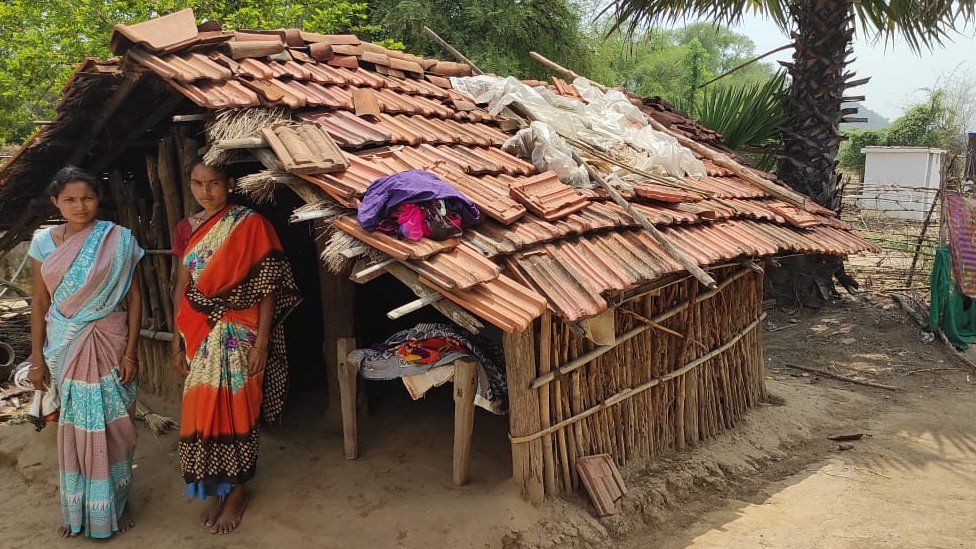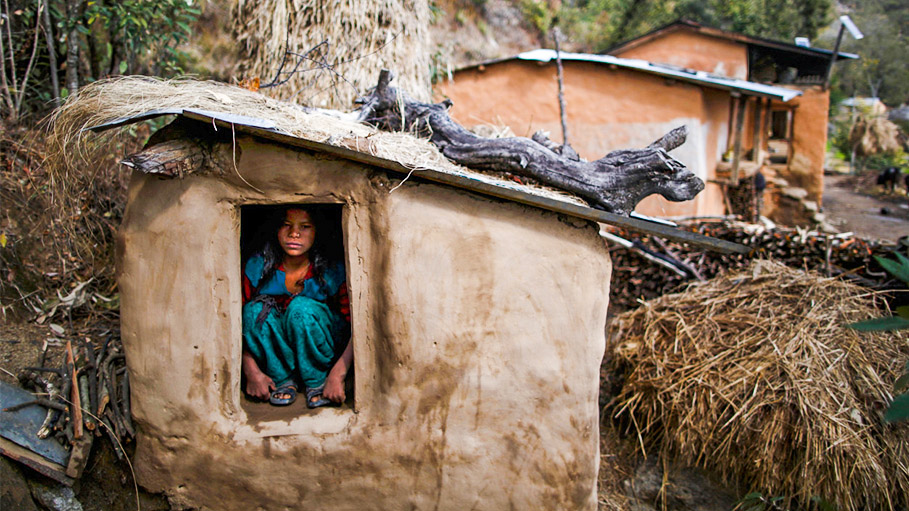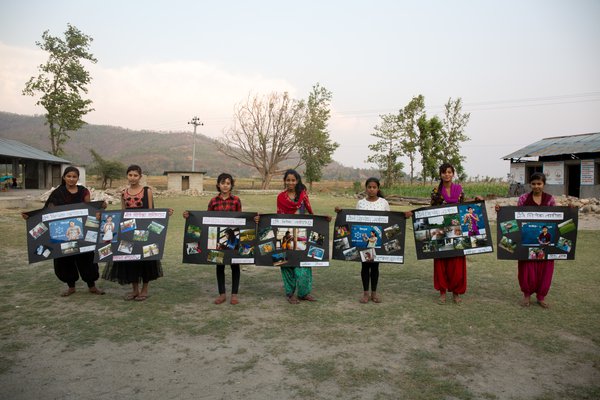
Menstrual Taboos
Menstrual Huts of Nepal
Menstrual taboos can be found in a variety of forms around the world from concepts of impurity to restrictions from normal daily routines and rituals. Origins and beliefs range from biological ideas of sanitation and reproduction to cultural ideals to include folklore and religion.
Photo source: https://www.bbc.com/news/world-asia-india-57335518
Time For Change
Menstrual taboos are found throughout a variety of cultures and time periods and vary greatly in their restraints, origins, traditions, and rituals. When examining these taboos through the lens of Folklore, verbal, customary, and material concepts can be found. Among the Akan of Ghana, language is utilized to create a cultural verbal taboo towards menstruation. In Nepal, Huts are utilized to seclude women and girls from their community during menstruation.
There exist many possible explanations on the origins of menstrual taboos and much of it comes down to biological reasoning from sanitation to concern for the impact the odor had on hunting practices given it drove prey off and could thus impact food. Dr. Beverly Strassmann of University of Michigan presents “The Anticuckoldry Hypothesis”, that is to say a hypothesis based on the concept of men avoiding Cuckoldry, the idea that he could potentially exert time and energy in providing for offspring that is not related to him. Sassmann explains that through the use of menstrual taboos, men are able to track the reproduction stages, knowing when a woman is menstruating, pregnant, or entering menopause. Examples she sights include additional rituals a woman must partake in during menstruation such as utilizing menstrual huts, wearing an item signaling menstruation, or other non-daily customs. Just the same, a lack of partaking in a daily custom such a tribal ceremonies, cooking for or partaking in sexual activity with their husband, Sassmann states are taboos that signal menstruation. (Strassmann 1992)
Beyond the biologically based origin however, these taboos have become customs, traditions, and rituals that have grown to carry far more cultural significance and depth to the people within the communities that practice them. These roots and beliefs however, have presented challenges in implementing change where it concerns the health and safety of the women and young girls involved. In Nepal hygiene and animal attack risks are among the many concerns of the menstrual hut rituals.
While menstruation management interventions and enacted laws have shown some promise, there is still an extremely high rate of these traditions continuing and pushback from the communities to include leaders and healers. From fear of shame, judgment, change, or even punishment, to devout loyalty to one’s beliefs, ideals, rituals, heritage, and ancestral traditions, Folklore in a community has never throughout time and space, faced change or destruction with ease. Just the same, while menstrual taboo practices are long overdue for change, with any long standing folklore, it will take continued time and work.
Photo Source: https://feminisminindia.com/2020/05/18/menstrual-huts-quarantines-impurity/

Video
Gallery
Photo 1 source: https://www.globalcitizen.org/de/content/girls-in-nepal-photograph-menstrual-taboos-affecti/
Photo 2 source: https://www.opendemocracy.net/en/openglobalrights-openpage/from-taboo-to-empowerment-menstruation/

